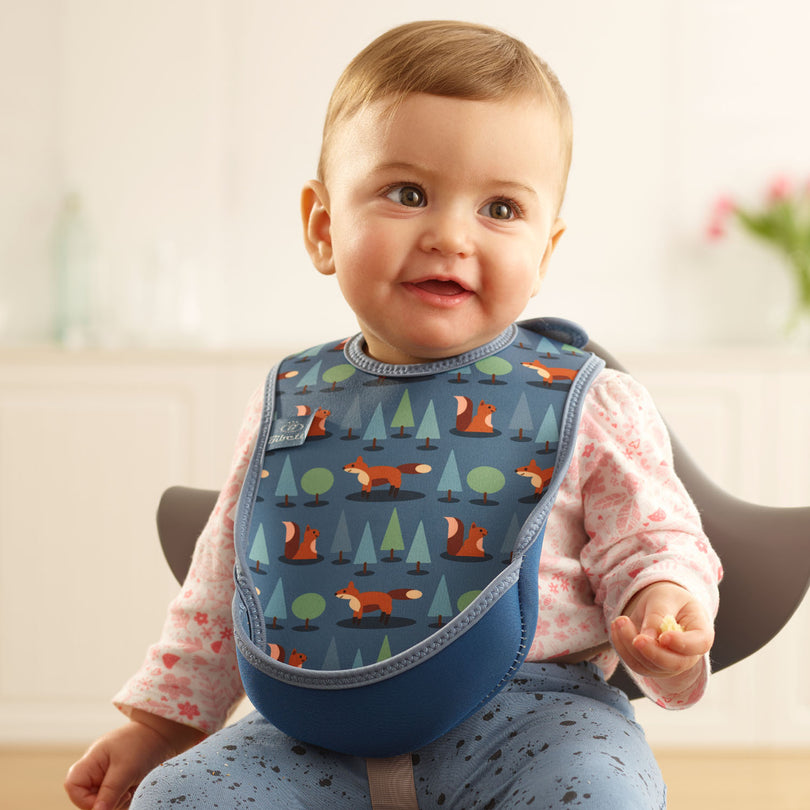“Are you breastfeeding?”
New mums will be asked this question time and time again. Midwives, health visitors, GPs, and anyone else who interacts with the welfare of a baby will ask the million dollar question.
The World Health Organisation recommends that all babies be exclusively breastfed for six months if possible. The reason is that breast milk is packed with antibodies to help boost a baby’s immune system.
There are additional health benefits such as reduced risk of SIDS for the baby, and also lower chances of the mother developing certain cancers, osteoporosis, heart problems and obesity.
Anything after six months is a bonus as a baby’s diet moves on to introducing solid foods.
The truth is that although breastfeeding is the most natural way to feed a baby, it’s not always easy.
Some mothers struggle to get started with breastfeeding and can develop excruciating mastitis infections. Often milk supply is a problem. It’s also common for a baby’s latch to cause pain and discomfort in the early weeks of breastfeeding.
In fact, it is estimated that between 4% and 11% of babies are born with a tongue-tie. This can mean that the baby isn’t able to open their mouth widely enough to breastfeed.
Combining all of those factors, it is a huge misconception to assume that breastfeeding will be simple.
If it is working for the mother however, it is certainly encouraged.
To celebrate World Breastfeeding Week, we’ve pulled together some top tips to help breastfeeding mums to enjoy the experience as much as possible.
- Arm yourself with the right breastfeeding equipment
Like anything, being prepared is the key to making it easier. Stock up with:
- A well-fitting maternity bra
- Nipple pads to help with leaks
- Nipple cream
- Nipple shields in case latching is difficult
- A hot water bottle to reduce pain and help with engorgement
- A good nursing chair which provides support
- A nursing pillow
- Muslin cloths for drips or posset
- Dribble bibs for baby
- A breast pump to increase milk supply, allow for milk storage, or to prevent engorgement
- Lots of fresh water to reduce dehydration
- Snacks to keep the energy levels up
- Something to keep you entertained e.g. book, magazine, boxset, phone etc.
- Seek help if you are struggling
For some, the baby will latch straight away and feeding will be effortless. For others, it will be painful, confusing and exhausting.
There are people who can help. Visit a local baby clinic, ask a midwife for advice, seek out a lactation consultant, and engage with breastfeeding cafes on social media.
There are a lot of people who want to support breastfeeding mothers, so don’t struggle in silence.
- Try different positions
It’s natural to hold a baby in a certain way that feels comfortable when feeding. It’s not always the easiest way to feed however. Sometimes the baby fusses and doesn’t latch properly, and as they get bigger they may become too heavy to hold in the same way.
The typical way to breastfeed is in a chair with a cushion under the baby to support their weight at the right height.
A ‘laid back’ position might feel more comfortable however, with the baby’s weight completely supported by the mother’s body.
Others prefer the ‘rugby’ or underarm hold.
Or some breastfeeding mums prefer to feed their babies laying down together, particularly at night time.
Whichever breastfeeding position is preferred, it’s important for both baby and mother to always be comfortable.
- Keep swapping sides
A mother’s breasts are really clever. Very quickly they can adapt to the demands of their baby. This means that if they go through a growth spurt and need more milk, the supply will increase accordingly. Likewise, if they drop feeds, the breasts can reduce milk production to match.
For that reason, it’s important to feed from both sides equally.
Not only will this mean that both breasts will produce enough milk for the next feed, but it also ensures that the baby gets enough of the essential fats.
The first milk that a baby gets from a breast has less fat content (foremilk). The fat is increased the longer the baby feeds (hindmilk).
By feeding regularly from each side a baby will get the right amount of each which are essential for their development.
- Keep an eye on engorgement
With changes in milk supply, there’s also the risk of engorgement. This happens when the breasts become too full of milk, and they feel hard, tight and painful.
It can be caused by the baby taking less milk than is being produced, poor latch, or blocked milk ducts. Engorgement can cause really painful and tender breasts, which if left untreated, can lead to mastitis.
To help keep on top of engorgement, a mother can:
- Apply a warm compress or hot water bottle to encourage let down
- Massage the breasts in a warm shower
- Gently hand express and express a little in a shower
- Feed more regularly to spread them out
- Feed for as long as the baby wants
- Use a breast pump to express any unwanted milk (but not too much that it continues the oversupply)







